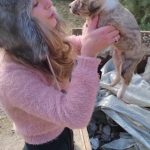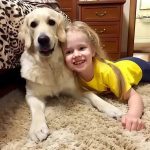My birthday is at this time, so I hope to get heat needs from everybody and discover a cozy place to be protected on this chilly climate.

As I have a good time one other 12 months of life at this time, I discover myself reflecting on the heat of affection and kindness that surrounds me. Regardless of the chilly climate outdoors, I’m grateful for the chance to mark this big day with hope and optimism.
Birthdays usually are not nearly muffins and items; they’re a time for reflection and gratitude. In the present day, I cherish the heat of heartfelt needs from everybody who has touched my life in significant methods. Your messages and greetings imply extra to me than any materials present, reminding me of the bonds we share and the love that connects us.
On this chilly season, I additionally discover myself hoping for one thing extra profound—a heat dwelling to guard and nurture me. A spot the place I can discover solace, consolation, and a way of belonging. The heat of a house extends past bodily consolation; it symbolizes stability, safety, and the embrace of family members.
Dog Rescue Nationwide
As I blow out the candles on my birthday cake, I carry these needs in my coronary heart: for love, kindness, and the heat of a house the place I’m cherished and protected. Your heat needs and ideas make this present day brighter and extra significant, reminding me of the blessings that encompass me regardless of the challenges.
Thanks for being a part of my journey and for sharing this big day with me. Might we proceed to search out heat in one another’s presence and create moments of pleasure and love collectively. Right here’s to a different 12 months of development, happiness, and making cherished reminiscences with all of you.


